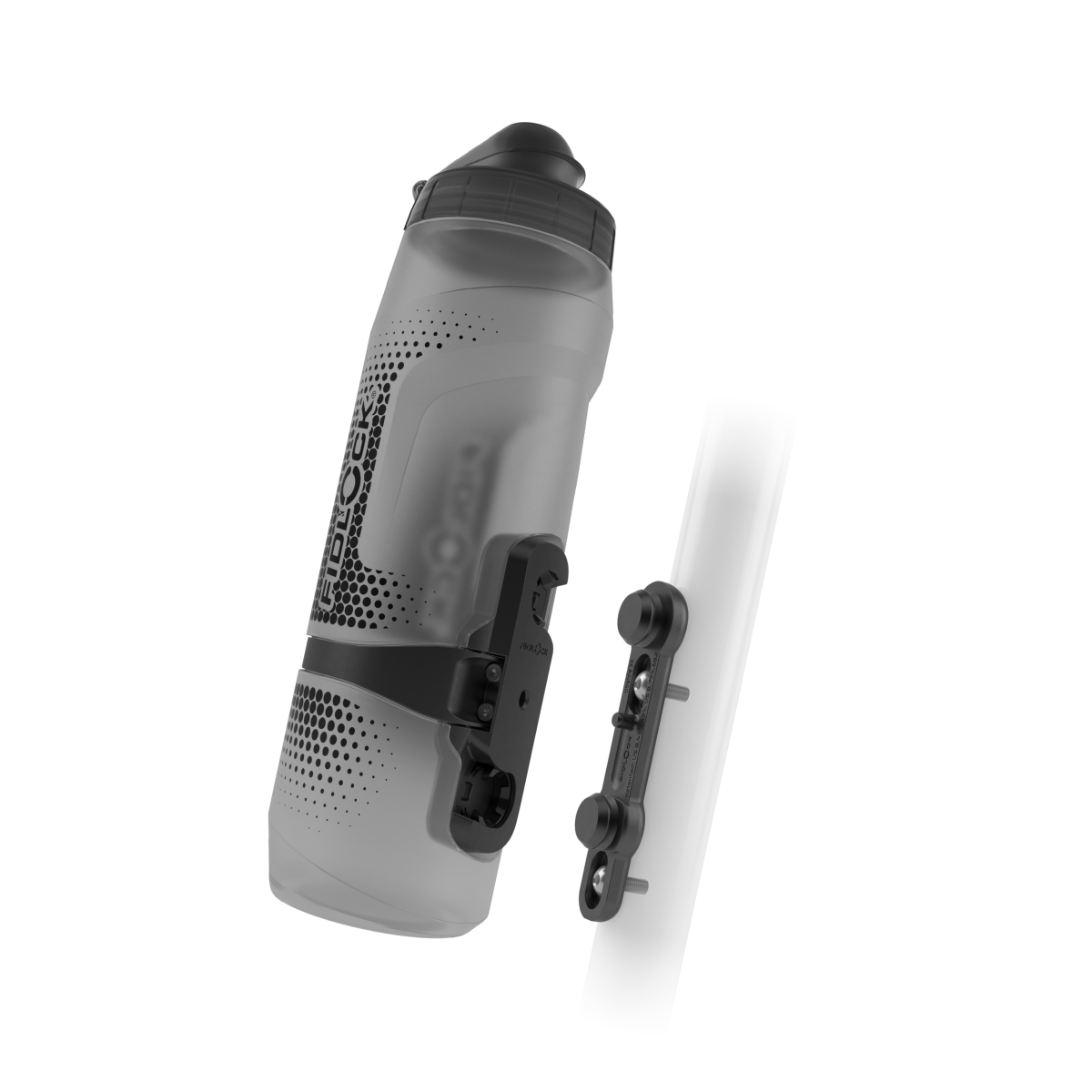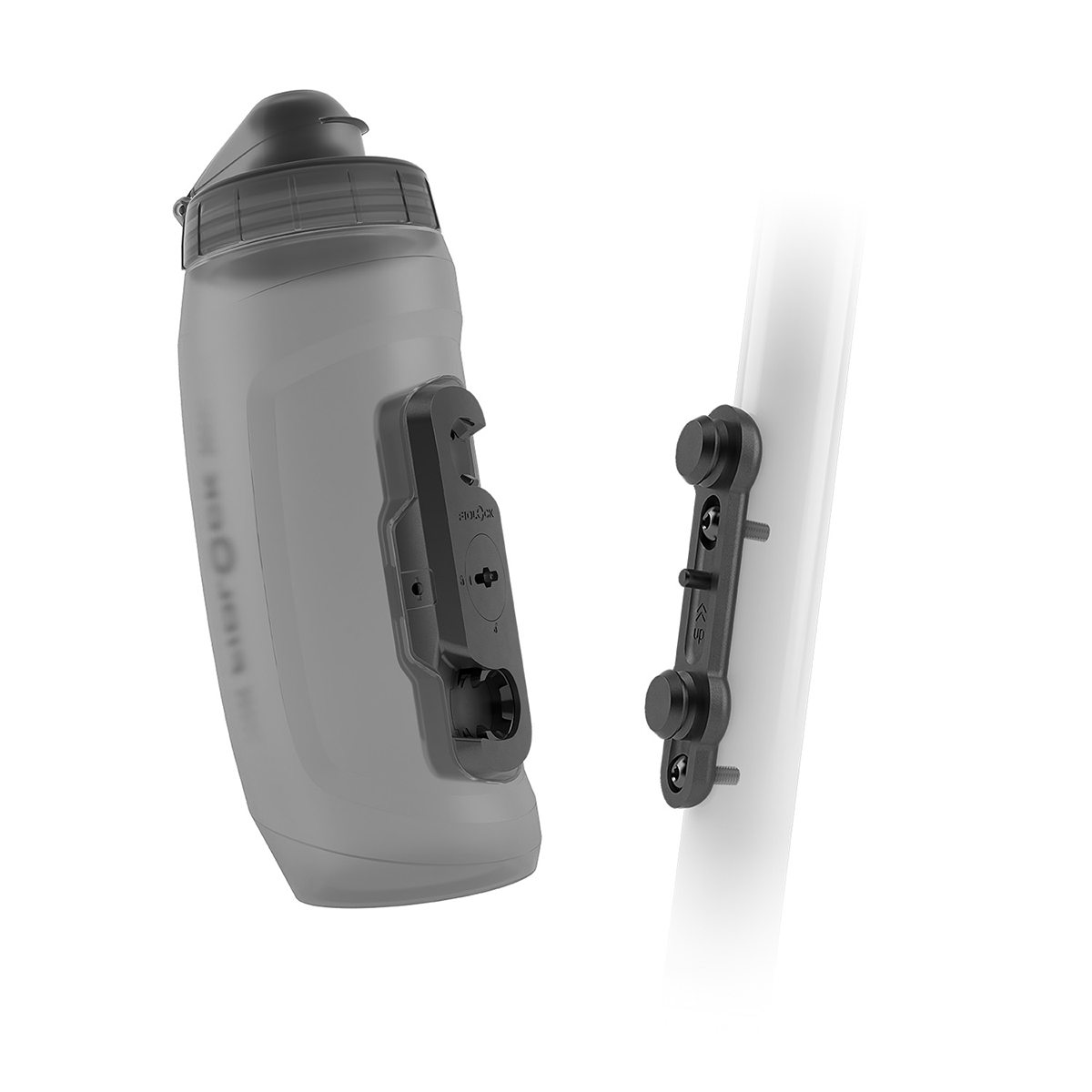FIDLOCK
A fastener that inspires users
Pyöräilytarvikkeet
Fidlock founder Joachim Fiedler was touring around the glove as a professional musician when he came up with the idea of the first Fidlock fastener. He found the carrying system of his cello case and the bow holder impractical. That's when the first mechanical magnet fastener for a bow holder was born. Afterwards, they immediately made the Fidlock system available to other users and industries. Ranging from bike helmets via jackets and shoes through to belts – the innovative fasteners are suitable for a wide range of uses in everyday life and sport, offer additional safety and can be opened with just one hand – even when wearing gloves.
The Fidlock principle
The brand Fidlock offers easy-to-use fastening systems that combine the advantages of magnetic fasteners with a mechanical snap functionality. As a result, the special fastening technology offers numerous advantages: It closes automatically and can be opened with just one hand – even when wearing gloves. Besides, the fasteners are very reliable, robust and safe. This is thanks to the use of neodymium magnets combined with a robust mechanical snap fastener, resulting in an essential feature of Fidlock fasteners: The opening and closing procedures differ from one another, which means they each function according to a different principle. Magnets close it automatically, and the fastener snaps securely. The fastener is opened, however, by sliding, tilting or rotating it, depending on the model.
Easy-to-use Fidlock fasteners
The opening and closing procedures always differ from one another: They can either be opened with a turn (e.g. MINI TURN), by sliding laterally (e.g. SLIDER, SNAP buckle, SNAP helmet buckle), by pushing (e.g. SNAP push) or pulling (e.g. SNAP pull). This is very simple and can be done with one hand.
Apart from magnetic fasteners that are e.g. used for bike helmets of popular brands, the company offers fasteners for saddle bags, bottles and the Bottle Twist cages working according to the Fidlock principle.
;BackgroundColor=ffffff)
;BackgroundColor=ffffff)